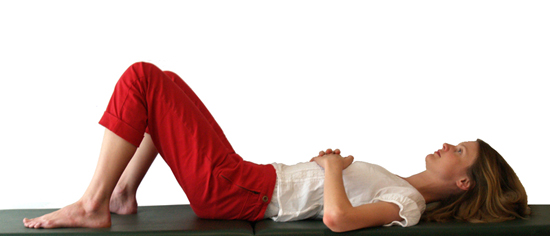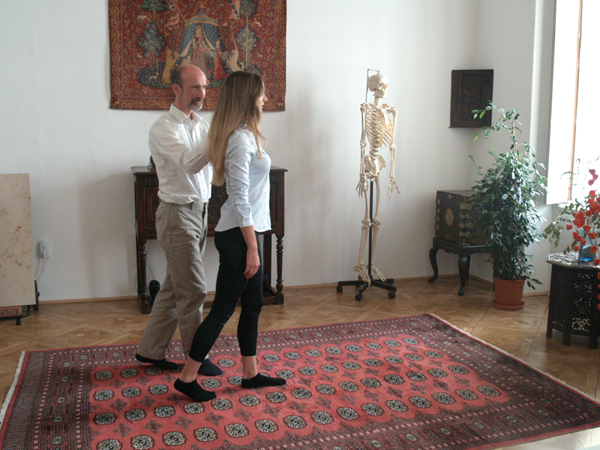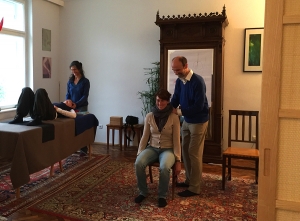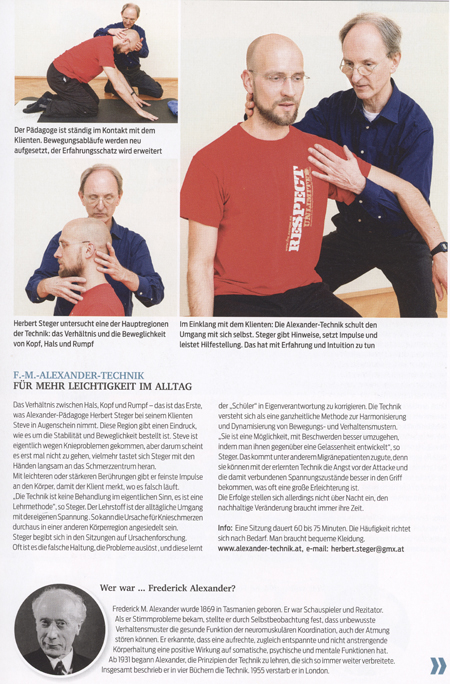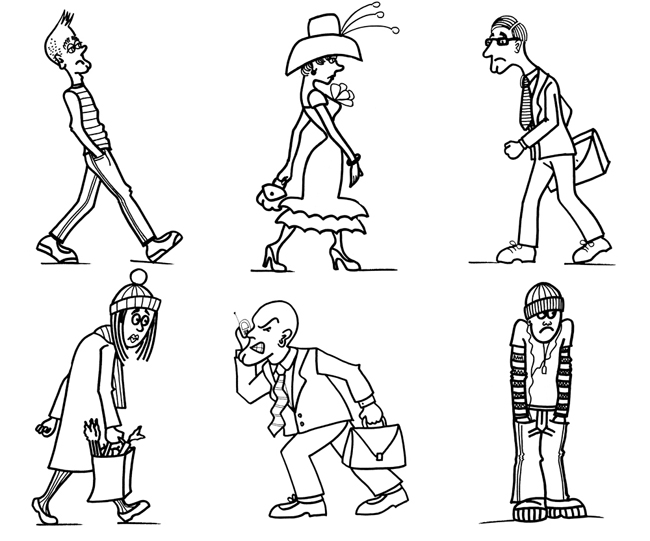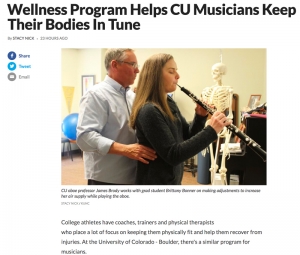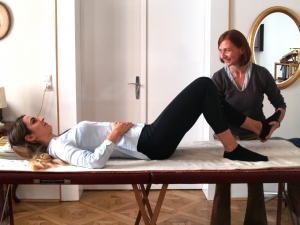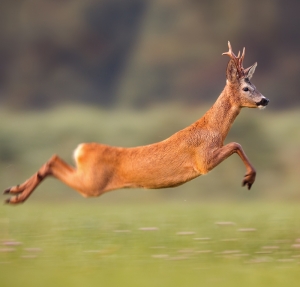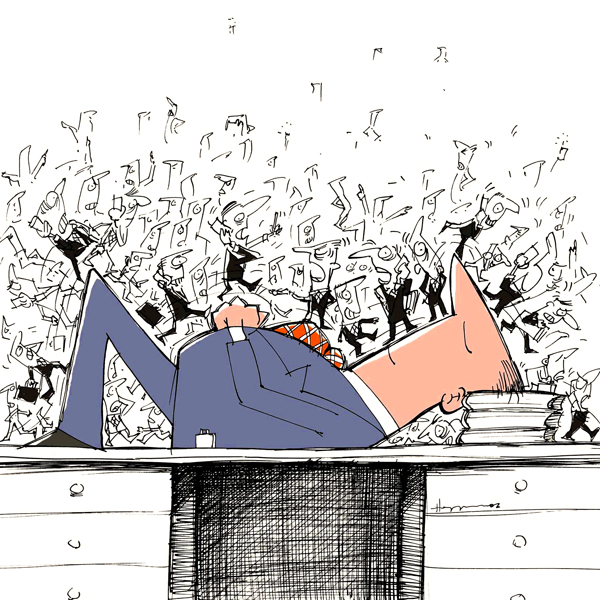
Whereas adopting the physical position is easy, the mental attitude required takes some practice. First, it is an attitude of observation and non-interference. It may take some time to allow the mind–body to quieten down; to reach some degree of stillness where you are not occupied with wandering thoughts, such as thinking of what you have done and what you are to do. We want to reach a point where it is alright to be present, to observe yourself without judgement and without trying to correct your position. To be quietly here and now, when awareness is happening by itself. Eyes are open and attention is gentle. It is not a matter of work, it is not a matter of sleep. Many thoughts and feelings may pass by, but you just observe them as they run through you.
Then, observe your breathing without interfering with it. For some, turning the attention to one’s own breathing immediately changes the breathing. However, with time and an non-interfering attention, you can observe your own breathing as it happens, without changing anything. This is a second step.
(Picture courtesy of © www.speek.de.)

